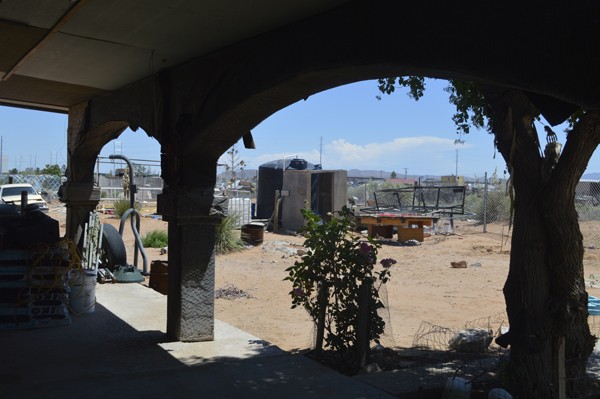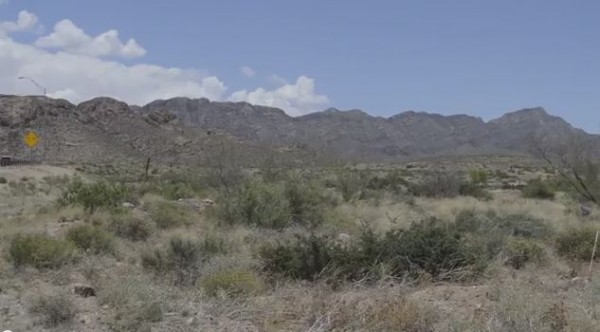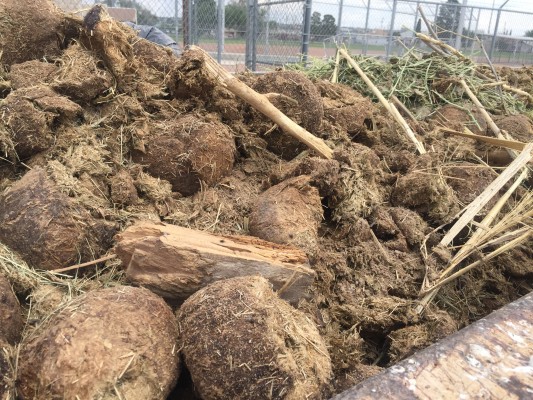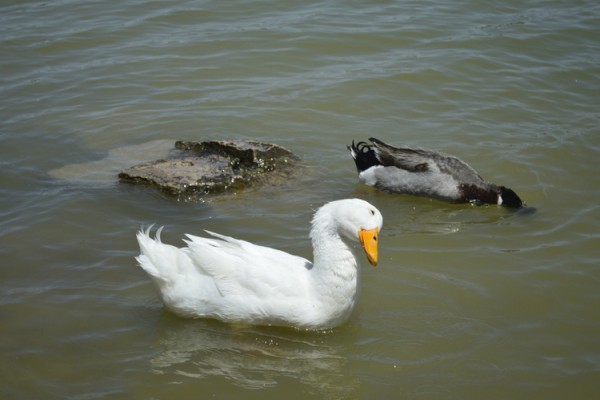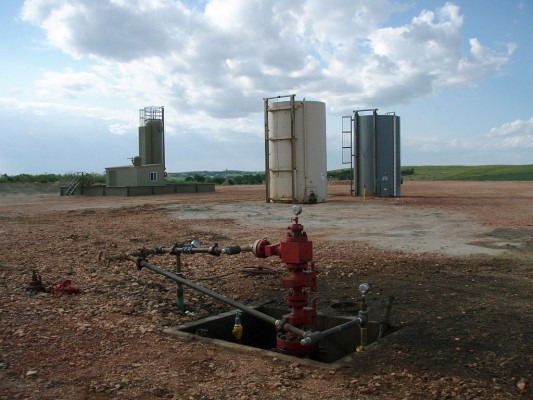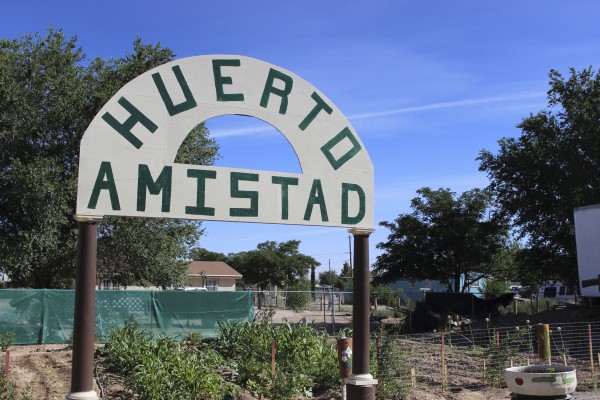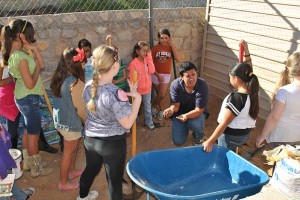Por Myriam Cruz
En este año de 2014, estamos de fiesta, celebramos el triunfo de la razón, el diálogo y la diplomacia, celebramos los 125 años del establecimiento de la Comisión Internacional de Límites y Aguas (CILA), con su Sección Mexicana y su Sección Estadounidense, una institución que nos marca el camino de lo que significa tratar con tus vecinos de manera pacífica, y que ha dejado una profunda huella en nuestra historia y seguirá siendo crucial en el desarrollo de esta bendita frontera. Una forma de trabajar única, porque las secciones de cada país siempre están consultando entre sí, -con todo lo que eso conlleva, lidiar con cultura, puntos de vista, lineamientos de los gobiernos, y por supuesto, personalidades; trabajando para el bien común de todos, mexicanos y estadounidenses, los que vivimos en las ciudades y los agricultores que esperan con gran anticipación las descargas del río para empezar una nueva cosecha y un nuevo sueño. “CILA es ejemplo de cooperación fronteriza en el mundo”, dijo Enrique Serrano, Presidente Municipal de Ciudad Juárez, en septiembre 2014. Como a veces pasa, la razón de su creación se desprende del Tratado de Guadalupe-Hidalgo, cuando México pierde más de la mitad de su territorio y hay que establecer una nueva Línea Divisoria Internacional, en los tiempos en que se hacían los deslindes y marcaciones a través del compás y observando las estrellas, viajando por meses y acampando en medio de la nada para establecer la nueva frontera. Sucesivas convenciones van estableciendo las delicadas funciones de la CILA, usando los instrumentos a la mano de acuerdo con la época, para dirimir desde los límites de cada país -las fotografías que ilustran la forma en que se medían los aforos de agua, en canastilla a mitad del rio en los 40’s, hasta las modernas estaciones telemétricas que se utilizan actualmente, que nos van llevando por los entramados de un largo camino para repartir de manera justa lo que nos corresponde a cada uno.
